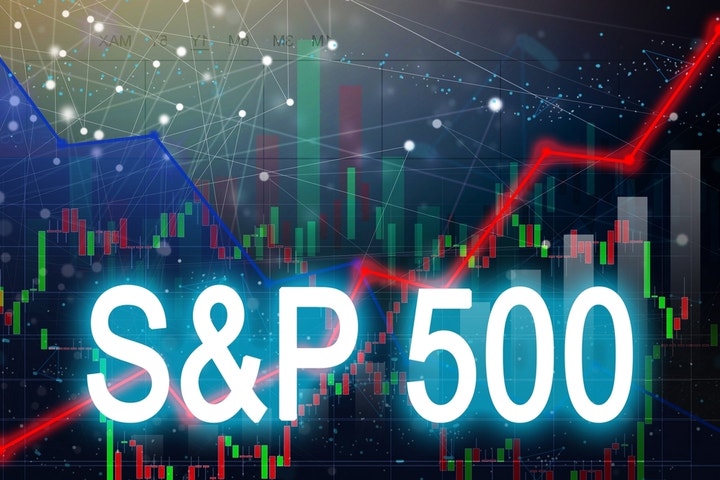
The S&P 500 is on fire this July, just as it has been every year since 2015. But behind the celebratory green candles and fresh highs lurks a much murkier picture.
For the past eight trading sessions, the S&P 500 has closed above its upper Bollinger Band, as noted by Barcharts on X—a technical sign that the index is overheating. The last time this happened? July 2024, right before a swift 10% correction. While history doesn't always repeat itself, it often rhymes, and some traders are beginning to hear the echo.
Investors in the S&P 500 tracking SPDR S&P 500 ETF Trust (NYSE:SPY), Vanguard S&P 500 ETF (NYSE:VOO) and the iShares Core S&P 500 ETF (NYSE:IVV) might want to remain wary of their holdings.
Market Breadth Is Flashing Red
Even more concerning: market breadth is flashing red. According to Barchart, the gap between the index's strength and that of its average constituent is near the widest it's been this century. In plain terms, a handful of mega-cap stocks – think Nvidia Corp (NASDAQ:NVDA), Apple Inc (NASDAQ:AAPL) and Microsoft Corp (NASDAQ:MSFT) – are doing the heavy lifting while the majority of the S&P 500 is lagging far behind.
This kind of narrow leadership can keep indexes afloat for a while, but it's hardly a foundation for sustainable gains. When only a few names are driving performance, the risk of a pullback increases if even one of them falters.
The Wild Card
Still, seasonal strength remains a wildcard. The S&P has finished green every July since 2015 – a rare and powerful trend that bulls are betting on to continue. That momentum, combined with AI hype and rate-cut hopes, has kept sentiment buoyant.
But cracks are forming. The question now is whether July's bullish streak can overpower technical warning signs and deteriorating internals – or whether investors are partying on a weakening floor.
For now, the S&P 500's scoreboard looks impressive. Just don't forget to check who's actually playing and who's missing the game entirely.
Read Next:
Photo: Shutterstock







